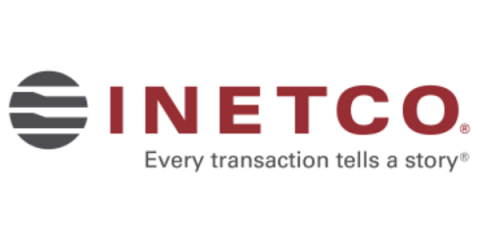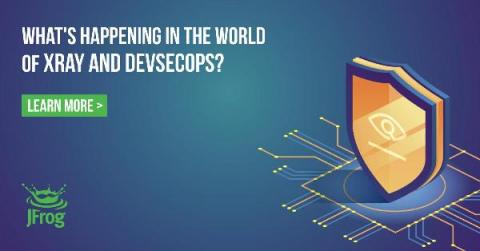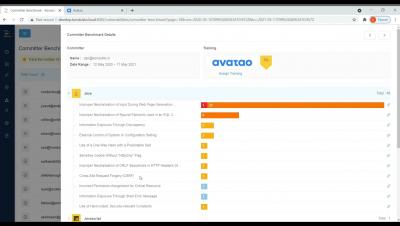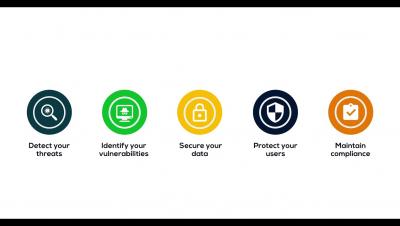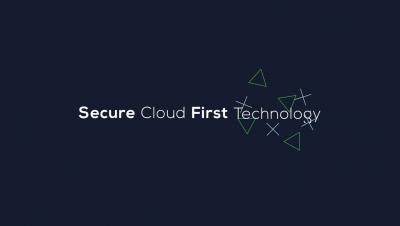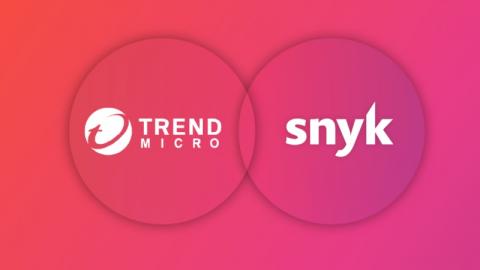Top 5 Payment Fraud Types Banks and Merchants Should Be Aware of in 2021
Hallowe’en is still months away, but Frankenstein is out trick-or-treating even as you read this, and the operative word here is “trick”. Payment fraud criminals continue playing their games with financial institutions’ (FIs) customers and online merchants.


